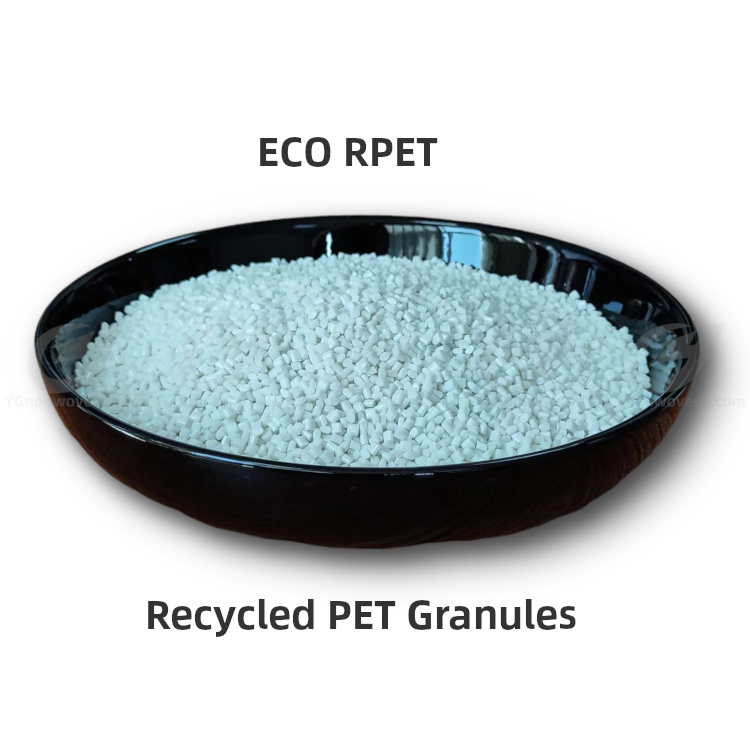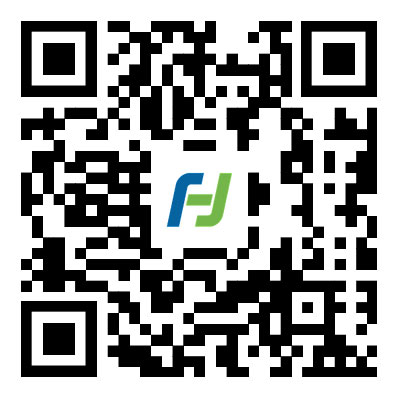What is the recycling process like at the end of the lifecycle of shopping bags made from GRS Certified RPET nonwoven fabric?
2023-10-18
At the end of the lifecycle of shopping bags made from GRS (Global Recycled Standard) Certified RPET (Recycled Polyethylene Terephthalate) nonwoven fabric, the recycling process plays a crucial role in ensuring that the material is diverted from landfills and continues to contribute to a circular economy. Here's an overview of the recycling process for RPET nonwoven fabric at the end of its life:
1. Collection and Sorting:
- The first step in the recycling process is the collection of used shopping bags made from RPET nonwoven fabric. These bags are typically collected through municipal recycling programs, recycling drop-off centers, or retail stores that offer bag collection services.
- After collection, the bags are sorted to separate RPET nonwoven fabric from other materials, such as paper, cardboard, or different types of plastics. Advanced sorting techniques are often employed to ensure the purity of the material.
2. Cleaning and Preprocessing:
- Once sorted, the RPET nonwoven fabric is cleaned to remove any contaminants or residual materials. This cleaning process may involve washing the fabric to remove dirt, labels, adhesives, and any remaining substances.
- After cleaning, the fabric is shredded or granulated into smaller pieces, resulting in RPET flakes. These flakes are the raw material for the next stage of recycling.
3. Melting and Extrusion:
- The RPET flakes are melted at high temperatures to form a viscous liquid. This liquid is then extruded through a fine spinneret to create new PET fibers.
4. Fiber Production:
- The newly extruded PET fibers are further processed to create RPET nonwoven fabric. This process involves carding, web formation, and bonding, similar to the initial production of RPET fabric.
5. Product Manufacturing:
- The recycled RPET fabric can be used to create a variety of products, including new shopping bags, clothing, textiles, and other items. The fabric may undergo additional treatments or coatings to meet specific product requirements.
6. Reuse and Repurposing:
- In some cases, used shopping bags made from RPET nonwoven fabric can be cleaned and refurbished for reuse. Bags in good condition may be collected and redistributed for continued use, extending their lifecycle.
7. Recycling Loop:
- The recycling of RPET nonwoven fabric creates a closed-loop system where the material is continuously recycled and repurposed, reducing the need for virgin PET production and minimizing waste.
8. Environmental Benefits:
- The recycling process for RPET nonwoven fabric significantly reduces the environmental impact compared to using virgin materials. It conserves resources, reduces energy consumption, and minimizes greenhouse gas emissions.
By recycling shopping bags made from GRS Certified RPET nonwoven fabric, we contribute to sustainability efforts, reduce plastic waste, and support a circular economy where materials are reused and repurposed, promoting a more environmentally responsible and resource-efficient approach to consumer products.



